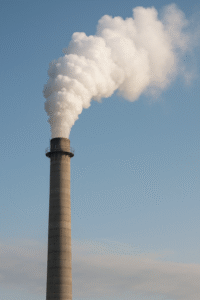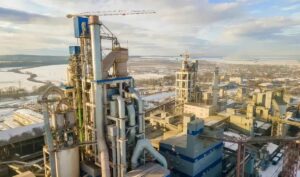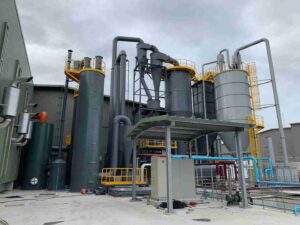Are you concerned about the safety of the air quality around you? With rapid industrialization and urbanization, air pollution has become a serious issue. The gas AQMS (Air Quality Monitoring System) analyzer is a precision real-time air quality monitoring instrument. It detects harmful gases. It provides critical data for environmental monitoring and pollution control agencies to help improve environmental quality and protect public health.

The gas AQMS analyzer is a central component of air quality monitoring systems, specializing in real-time detection and analysis of multiple gaseous pollutants in the atmosphere. It delivers accurate, immediate air quality data. This enables governments, environmental agencies, industrial facilities, and public health departments to develop effective environmental management strategies to mitigate pollution impacts.
Gas AQMS analyzers play a crucial role in air pollution prevention by identifying pollution sources quickly and providing data to support air quality improvement efforts. Understanding the working principles, detectable gases, and application areas of AQMS analyzers sheds light on their important role in environmental protection.
What is a Gas AQMS Analyzer?
Concerned about the pollutants in the air affecting your health? The gas AQMS analyzer was designed to meet the growing demand for reliable air quality monitoring as air pollution levels rise. It is a multifunctional environmental monitoring device. The analyzer can detect the concentrations of multiple air pollutants simultaneously and transmit this data to management systems for timely action.
The working principle of the gas AQMS analyzer is based on multi-sensor and data integration technology, enabling it to detect various types of gases. Equipped with numerous sensors, the analyzer collects real-time gas concentration data. It processes the data through embedded software and transmits the results to a central management system. Each sensor in the AQMS system can independently analyze pollutants. This ensures accuracy and reliability in monitoring results.
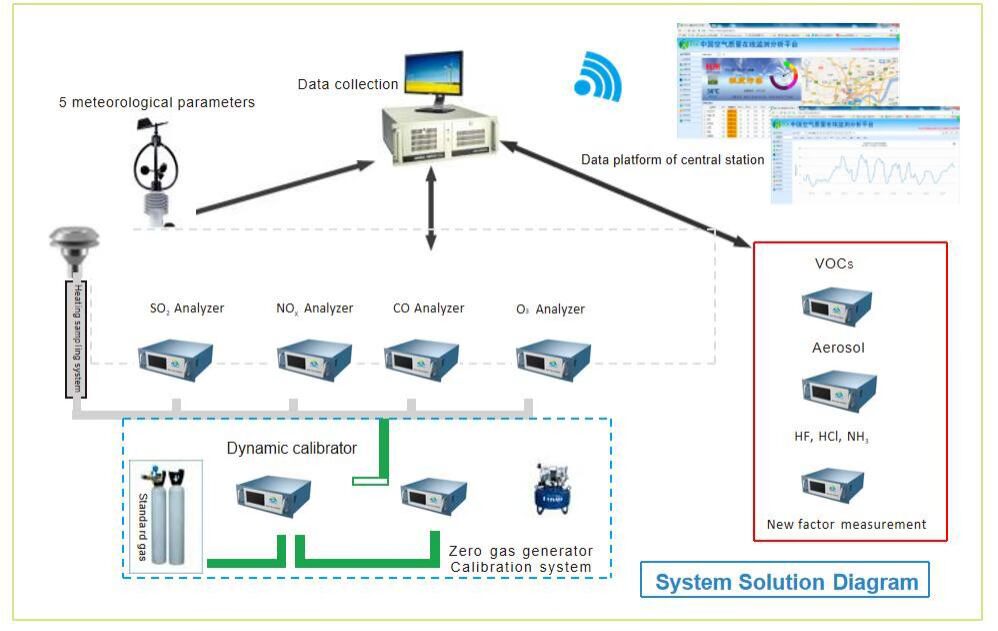
An additional advantage of the gas AQMS analyzer is its flexible deployment. It can serve as a stationary monitoring station component or be mounted on mobile units (such as monitoring vehicles) to monitor air quality across various locations. This flexibility enhances the AQMS system’s adaptability in responding to sudden air pollution events. It covers wide areas quickly.
ESE Ambient Air Quality Monitoring System(AQMS)
ESE AQMS stands for Air Quality Monitoring System. It is used to measure and analyze the levels of various pollutants in the air to assess air quality. These systems help monitor the impact of air pollution on the environment and public health.
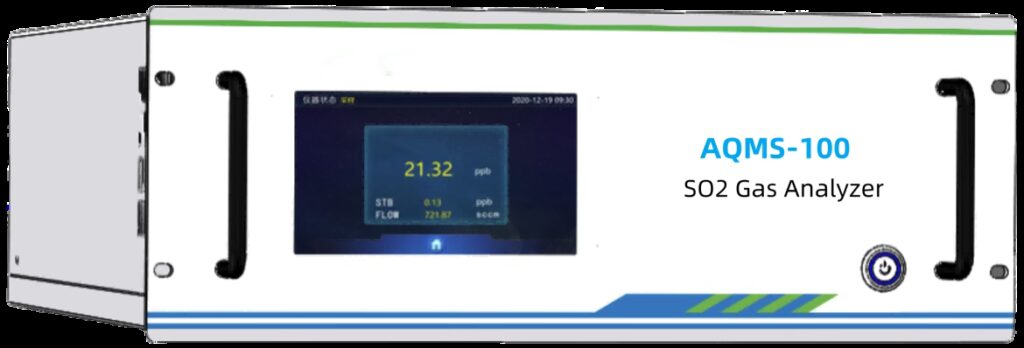
Which Gases Can a Gas AQMS Analyzer Detect?
Understanding the major air pollutants is essential to improving air quality. The AQMS gas analyzer typically detects the following common air pollutants, each with significant effects on human health and the environment:

- Sulfur Dioxide (SO₂): Emitted primarily from fossil fuel combustion, especially coal and oil, SO₂ is an irritant gas harmful to the respiratory system. It exacerbates conditions such as asthma and bronchitis. It is also a main cause of acid rain, which acidifies soil and water bodies.
- Nitrogen Oxides (NOx): This category includes nitric oxide (NO) and nitrogen dioxide (NO₂), mainly released from vehicle exhaust and industrial emissions. NOx contributes to respiratory diseases and participates in photochemical reactions to form ozone (O₃). At high concentrations, NOx also leads to acid rain, which damages buildings and vegetation.
- Ozone (O₃): As a secondary pollutant, ozone forms when vehicle and industrial emissions undergo chemical reactions in sunlight. Unlike beneficial high-altitude ozone, ground-level ozone is a strong oxidant that irritates the respiratory system and can lead to lung diseases with excessive inhalation.
- Carbon Monoxide (CO): A colorless, odorless gas released by incomplete fuel combustion (e.g., vehicle exhaust), CO is toxic to humans. It causes oxygen deficiency and potentially fatal poisoning. CO monitoring is essential for urban air quality management.
- Volatile Organic Compounds (VOCs): VOCs are a class of easily evaporated chemicals commonly found in products like solvents, paints, and cleaners. These chemicals can form aerosols in the air, harming human health in multiple ways. VOCs are also precursors to secondary pollutants like ozone and PM2.5.
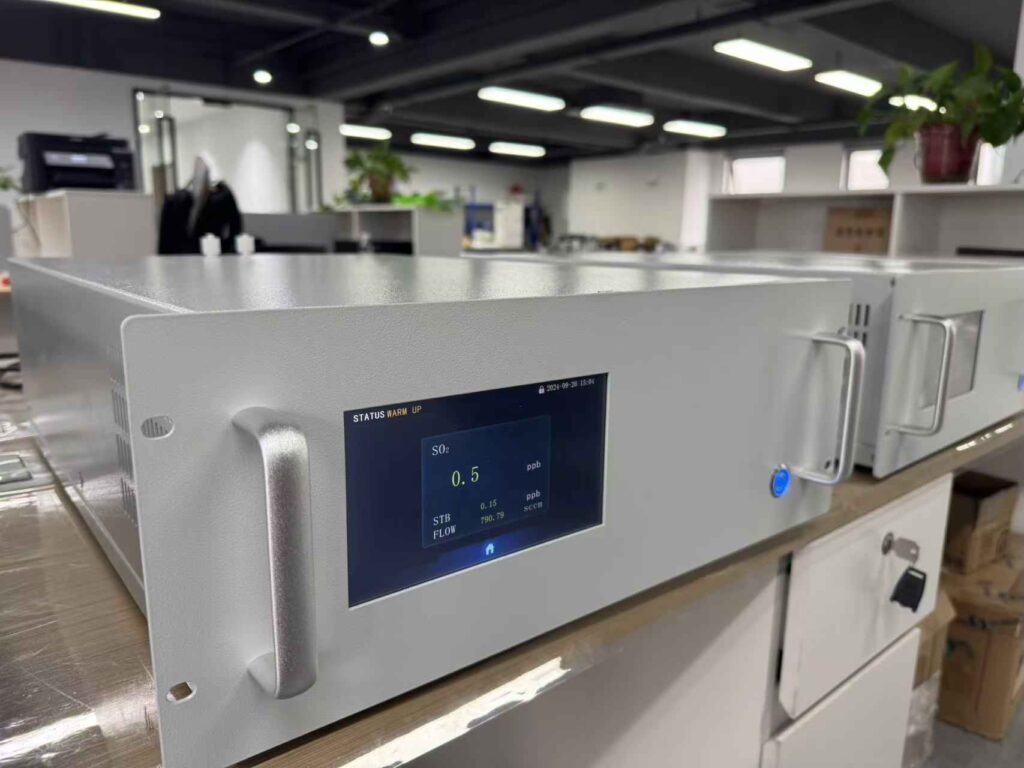
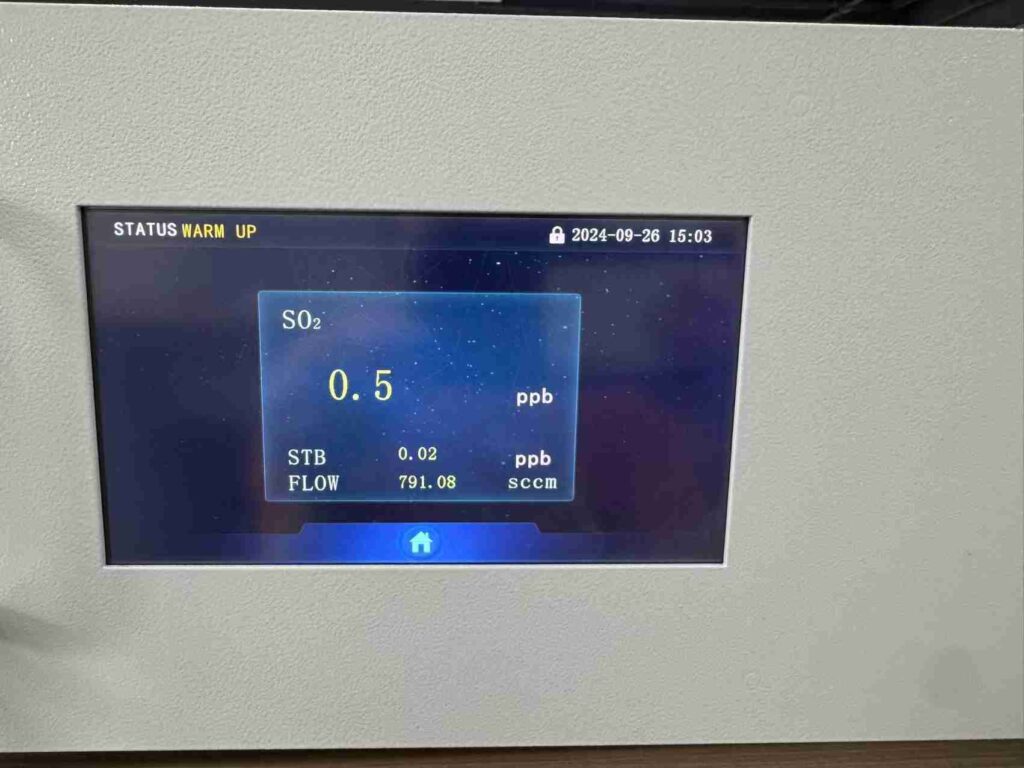
By monitoring these critical pollutants, the gas AQMS analyzer supports environmental regulations and air quality management. This helps regulatory bodies implement targeted measures to control different pollutants and enhance air quality.
What Are the Application Areas of the Gas AQMS Analyzer?
Air pollution prevention requires technological support, and AQMS provides reliable tools for pollution monitoring. The gas AQMS analyzer has a wide range of applications, covering everything from public environmental monitoring to industrial process control. Its specific applications include:
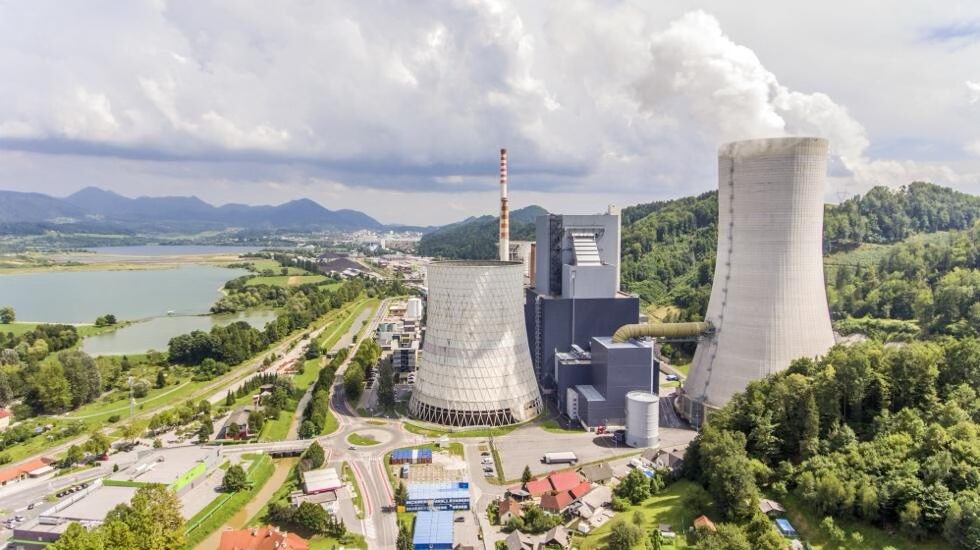
- Environmental Monitoring: The AQMS analyzer is essential to government and environmental agencies’ air quality monitoring networks. It can detect various pollutant concentrations in the air. Governments worldwide are establishing dense AQMS networks to monitor urban and rural air quality over the long term. This data provides essential insights for pollution warnings, policy-making, and public health protection. In air pollution emergencies, the AQMS analyzer can quickly acquire real-time pollutant data, helping authorities respond promptly.
- Industrial Emission Control: The AQMS analyzer’s industrial applications focus on emission source monitoring. Industrial zones, chemical plants, and power plants install AQMS systems to monitor pollutants produced during production. Real-time monitoring and analysis of pollutant concentrations enable businesses to comply with environmental regulations and ensure emissions meet standards. This not only protects the air quality of surrounding communities but also helps companies reduce emissions and support sustainable, green production practices.
- Urban Traffic Management: In densely populated urban areas, vehicle exhaust is one of the primary sources of air pollution. By deploying AQMS analyzers, transportation management departments can monitor and analyze traffic volume and emissions in real-time. This assists in optimizing city traffic planning and management. Particularly in large cities and transportation hubs, AQMS analyzers help identify high-pollution areas. This supports green travel policies and the establishment of low-emission zones.
- Public Safety and Emergency Response: AQMS analyzers are also widely used in public safety fields, such as fire smoke monitoring and hazardous gas leak monitoring. In emergencies involving hazardous gas leaks or spreading fire smoke, AQMS provides rapid response and accurate positioning. This allows relevant departments to control the situation and implement safety measures promptly. In chemical parks and hazardous material warehouses, AQMS is an essential preventive monitoring tool.
- Scientific Research and Environmental Studies: The AQMS analyzer provides scientists and researchers with accurate data sources for studying air pollution. Researchers use data collected by AQMS systems to analyze pollutant sources, diffusion patterns, and impacts. This provides scientific support for air quality models and pollutant control strategies.
Conclusion
The gas AQMS analyzer is critical in air quality management and pollution prevention. It precisely monitors multiple air pollutants and supports environmental protection efforts across various fields. Widely applied in environmental monitoring, industrial emission control, urban traffic management, and emergency response, AQMS enables efficient pollutant management in different industries. This enhances air quality and safeguards public health and well-being. If you have any questions, don’t hesitate to contact us; we will respond as soon as possible!






